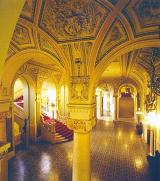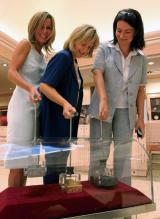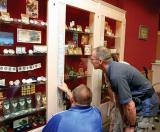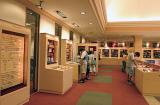2025. October 31. Friday
Visitor Centre of the National Bank of Hungary - Budapest

|
Address: 1054, Budapest Szabadság tér 8.
Phone number: (1) 428-2751
E-mail: sajto@mnb.hu
Opening hours: Closed!
|



